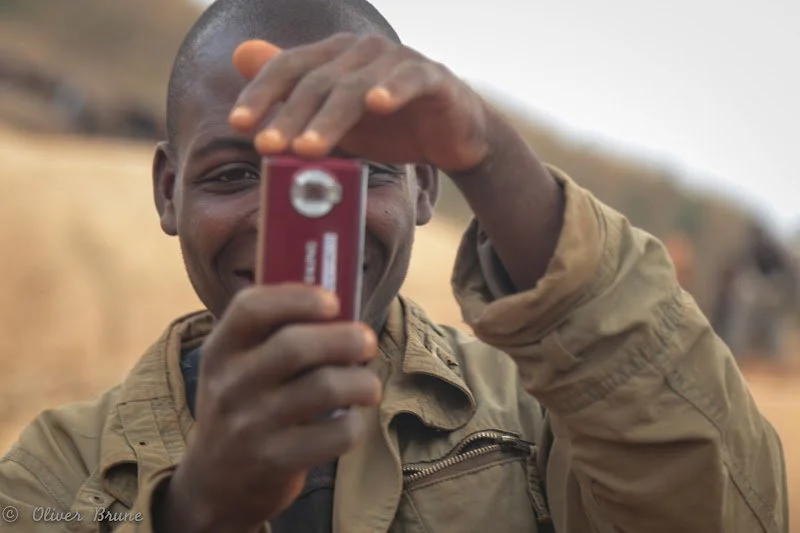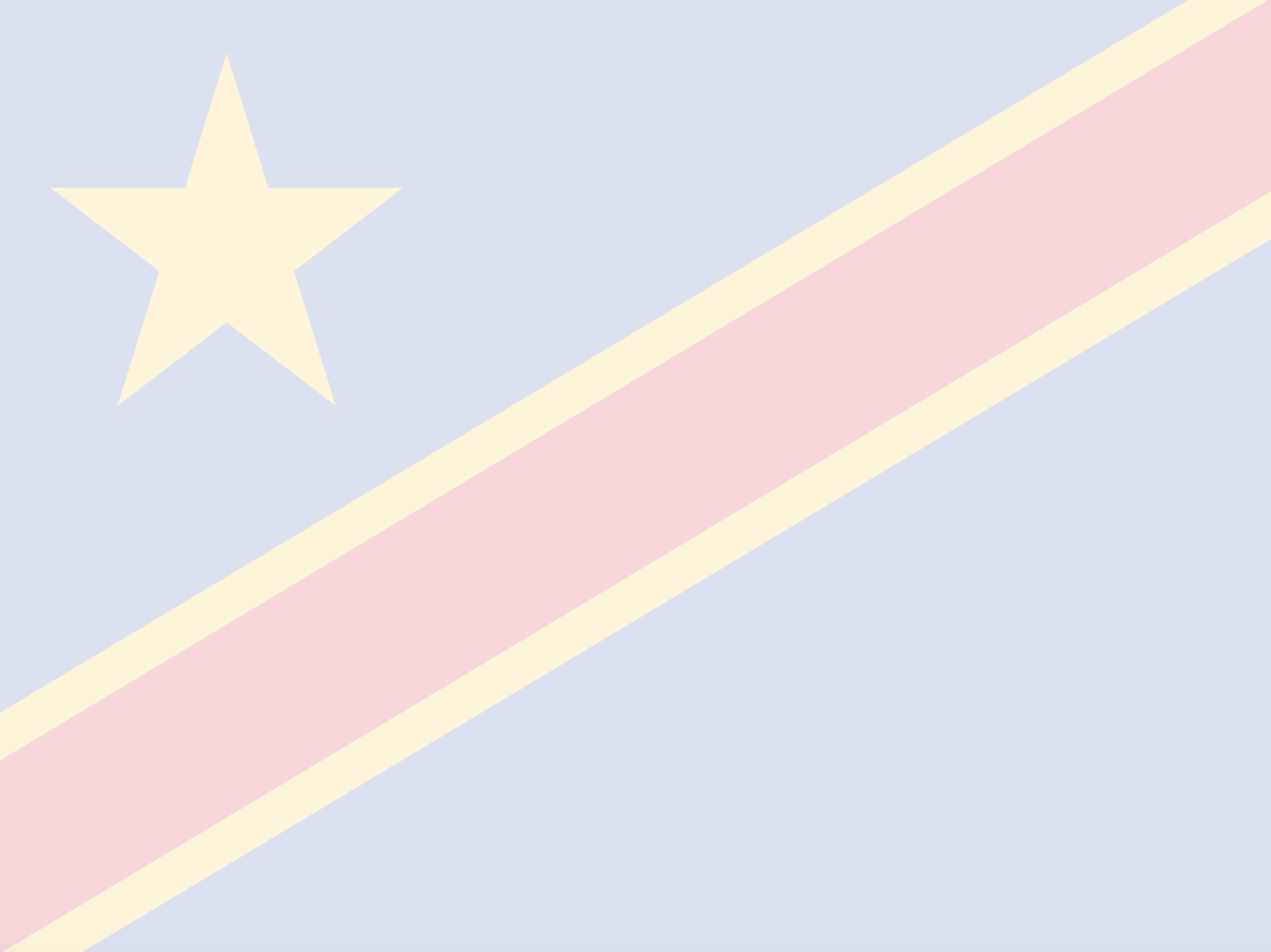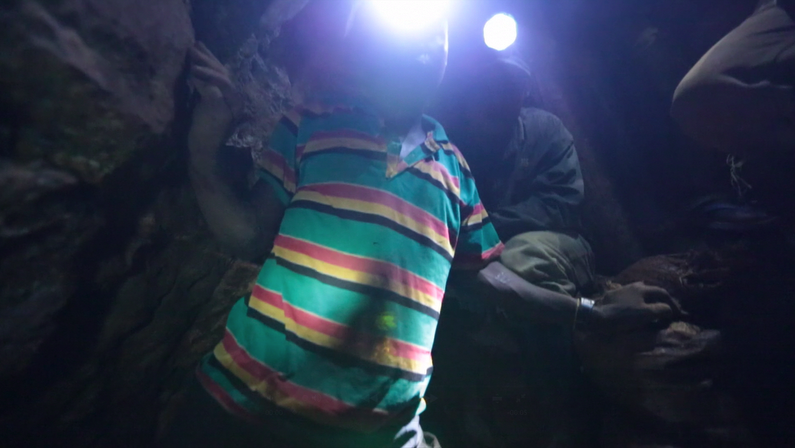RARE EARTHS IN THE DRC
The Democratic Republic of the Congo (DRC) is a vast country located in Central Africa, bordered by nine nations, including Uganda, Rwanda, and Angola. It is the second-largest country in Africa by land area and has a population of over 90 million people. The DRC is rich in natural resources, including coltan, cobalt, and diamonds, but its wealth has often fueled conflict rather than prosperity. The country has experienced decades of political instability, with ongoing violence in the eastern regions, largely driven by armed groups vying for control of its resources. Despite these challenges, the DRC is home to a diverse culture and vibrant ecosystems, including the Congo River, one of the world’s longest rivers, and the expansive rainforests that are crucial for global biodiversity.
In 2012 good friend and I traveled to Eastern Congo to film a documentary about coltan, a mineral essential for electronic devices like cell phones. Coltan is predominantly mined in illegal operations, and for decades, various rebel groups have fought over these mines to sell the mineral and fund new weapons. Our goal was to highlight the profound impact these mines have on the lives of people in the eastern Democratic Republic of Congo.I flew into Kigali, Rwanda, then drove to Bujumbura, Burundi, before crossing the border into the DRC. From the moment we arrived, the region’s tumultuous history was palpable.
Our taxi driver, Eddy, and many others we encountered bore visible scars on their faces. Eddy shared his harrowing story: during the 1994 genocide, his family was killed. Only he and his brother survived after being attacked with machetes. This brutal conflict, rooted in tensions between the Hutu and Tutsi ethnic groups, remains a recent and unresolved trauma for many in the region. After spending two days trying to secure a visa in Burundi, I ended up purchasing one at the Congolese border and finally entered the country. On our first day, we accompanied an organization to a mountain community comprising 25 villages whose residents rely on mining for their livelihoods. These villages band together for mutual protection, often concealing the existence of their mines. We met with the community elder, who graciously invited us to speak with the villagers and visit one of their mines.
We walked out of the village and descended a very steep hill to a small clearing devoid of trees and plants. About 200 people were gathered there, visibly tired, some carrying heavy bags on their heads, others making their way toward small holes in the ground equipped with a lamp and a hammer.
The village transports coltan to Bukavu, a city further north on the border with Rwanda. From there, the coltan is smuggled across the border and sold as Rwandan coltan to the rest of the world at prices far higher than what the miners in Congo receive.
In Uvira, the first city we stayed in, I met the commander of the UN soldiers stationed there from Pakistan. He showed me aerial photographs taken from a helicopter that revealed massive mines with airstrips for airplanes. No one knows where these planes are flying or where the coltan ultimately ends up. The UN has boats patrolling the lakes to prevent weapons from entering the country, but no one knows or seems to care where the money to buy those weapons comes from.
However, the hardest truth was yet to unfold. There are many places in the world stripped of their minerals or natural resources, but few suffer consequences as severe as those experienced by the people here.
Back at the hotel, we heard reports of rebels entering a nearby village we had passed through earlier. They looted, assaulted, and raped women. We interviewed several women from a nearby village who shared their harrowing stories.
They told us how their husbands had been killed and how they themselves were raped by multiple soldiers. These women are often ostracized by their communities, and there is now a generation of children born from these rapes—rejected by their parents and at risk of becoming the next generation of abusers.
Deeply affected by what we witnessed, we continued our journey north to Bukavu. From there, we crossed the beautiful Lake Kivu to Goma. Goma, the capital of the Kivu region, lies on the border with Rwanda. During the Rwandan genocide in 1994, millions fled into Goma, bringing with them not just families seeking safety but also many of the perpetrators of the genocide. These individuals remain in Goma, unable to return to Rwanda, where they would face prosecution.
The racist conflict between Hutus and Tutsis that began in 1994 still persists and contributes to the region's ongoing instability. Adding to the challenges, a volcanic eruption occurred a few years ago, sending a massive stream of lava through large parts of Goma.
Just days before we arrived in Goma, the city's situation worsened dramatically. A faction of the National Congolese Army broke away and allied with various rebel groups, forming a new organization called the M23. While the group lacks a clearly defined goal, locals we spoke to understood that their primary objective is control over the mines. These mines are key to the region's wealth, and Goma, as the central hub for exporting minerals, is their ultimate target.
What many people didn’t want to say outright—but everyone seemed to know—was that these groups receive significant support from Rwanda and Uganda.
The most heartbreaking part of all this is witnessing, hearing, and understanding the suffering endured by civilians. At one of the orphanages run by Jean, we met an eleven-year-old boy. He was in one of the shared rooms where more than 20 boys lived together. When he followed us outside into the sunlight, we noticed a large scar running across his face and head.
He told us his story. Rebels had attacked his village, killed his parents, and brutally injured him with a machete. Believing he was dead, they left him in his house. Neighbors eventually found him and brought him to Goma. Tragically, this horrific event happened when he was just three months old.
We met a man named Jean, who leads an NGO in Goma. He was exhausted and burned out from the overwhelming challenges he faces. Thousands of people, especially children, have fled their villages and sought refuge in Goma to escape the violence of the M23 rebels. In the weeks before our arrival, the group had recruited many people, including children, into their ranks.The following days were some of the hardest I’ve ever experienced. We met mostly women and children, all of whom had suffered unimaginable horrors. What struck me most was that the atrocities weren’t limited to soldiers or enemies but were inflicted upon innocent women and children.
We met Elisa, a 15-year-old mother who shared her devastating story. She had been held captive by rebels and forced to serve as the "wife" of six soldiers. She doesn’t know which of the six is the father of her child. When she became pregnant, they discarded her and enslaved another girl. As Elisa recounted her ordeal, she mentioned rape. Our translator hesitated, then corrected himself—she wasn’t speaking about herself but about her younger sister, who was just three years old at the time. These are only a few of the thousands of heartbreaking stories people in this region endure daily.
While we were there, focused on filming, interviewing, and documenting these stories, I felt somewhat numb. But since returning and reflecting on my time in Congo, the memories have weighed heavily on my heart. Seeing the suffering of innocent people was devastating, but equally harrowing was confronting the brokenness of those who commit such unspeakable acts. It’s incredibly hard to maintain faith in humanity when faced with the capacity for such cruelty. Accepting what people can do to one another shakes the very foundation of hope.
In 2013, Micha Challenge focused on coltan as their theme for the year, and we created a video bringing awareness for them. We hoped that through projects like these, we could recover the money we spent on this journey. However, the high visa costs and the borrowed camera have likely made that difficult to achieve.
Coltan and other minerals in Eastern Congo have a significant impact on the region's situation. These minerals are essential for modern technology, yet most of the people we met in Kivu had no idea what they are used for.
I want to challenge how we think about our constant desire for the latest cell phone or electronic device. Simply boycotting minerals doesn’t help Congo either. A better solution would be to regulate mining and ensure that coltan comes from secure, ethically managed mines.











